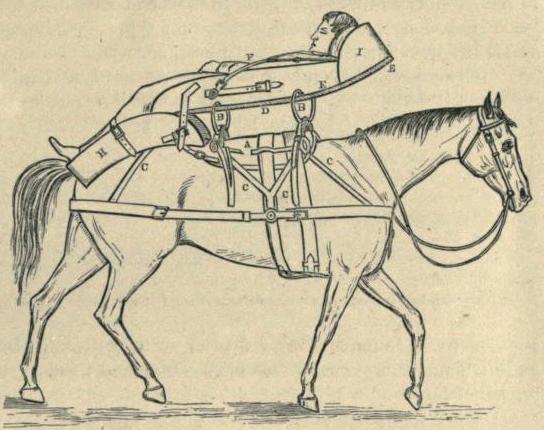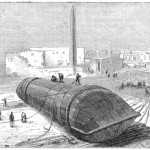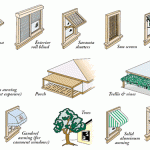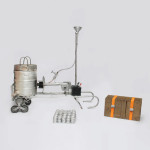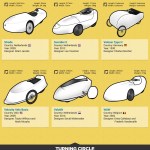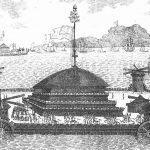“An improvement made by Mr. P. K. Dederick, of Albany, N.Y., was a horse-hoisting machine that very materially reduced the labor of the horse in hoisting. Previous to this, the horse walked forward to hoist a full bucket, and was obliged to back to lower the empty bucket into the hold of the vessel. With most horses, this latter was harder work than hoisting the loaded bucket, while the Dederick machine increased the speed of unloading but little, it reduced the labor of the horse about one-half.”
Quoted from: “Coal handling machinery“, C.W.Hunt Company, 1893.
